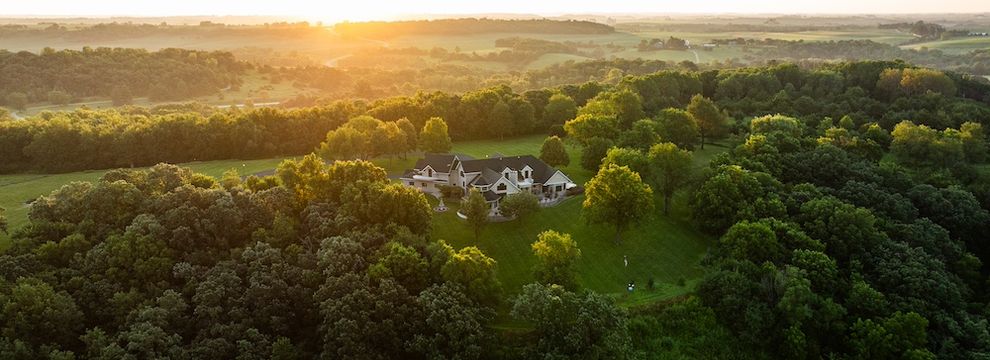Minnesota Land for Sale
- 1-25 of 10,727 Listings
Sort
Minnesota Land for Sale - Land of 10,000 Lakes
Minnesota's diverse landscape offers exceptional rural land opportunities from the agricultural regions of the south to the forested lake country of the north, creating opportunities for both productive farming and recreational retreats. The state's position in the upper Midwest provides four distinct seasons and abundant water resources, with thousands of lakes supporting recreational activities and wildlife habitat. The varied terrain includes prairie farmland, dense forests, and wetland areas that attract diverse wildlife populations.
Rural land buyers in Minnesota often seek properties that combine agricultural potential with recreational appeal, particularly in a state renowned for its outdoor recreation and hunting opportunities. The northern regions provide excellent hunting properties for deer, waterfowl, and other game species, while southern areas offer productive farmland for corn, soybeans, and livestock operations. Many properties feature lake access or wetland areas that provide both recreational value and wildlife habitat. LandWatch.com features Minnesota's rural properties from northern lake country to southern farmland. Start your search and save your preferences to receive updates on new Minnesota properties.
Rural land buyers in Minnesota often seek properties that combine agricultural potential with recreational appeal, particularly in a state renowned for its outdoor recreation and hunting opportunities. The northern regions provide excellent hunting properties for deer, waterfowl, and other game species, while southern areas offer productive farmland for corn, soybeans, and livestock operations. Many properties feature lake access or wetland areas that provide both recreational value and wildlife habitat. LandWatch.com features Minnesota's rural properties from northern lake country to southern farmland. Start your search and save your preferences to receive updates on new Minnesota properties.
FAQ
What makes Minnesota attractive for hunting properties?
Minnesota's diverse habitats support excellent populations of white-tailed deer, waterfowl, and upland birds. The state's abundant wetlands and forests provide ideal hunting conditions and wildlife management opportunities.
How do Minnesota's lakes affect rural property values?
Lake access significantly increases property values, especially for recreational and residential use. Properties with frontage on quality fishing lakes or recreational waters command premium prices throughout the state.
What agricultural opportunities exist in different regions of Minnesota?
Southern Minnesota excels in corn and soybean production, while northern areas offer opportunities for hay, small grains, and recreational agriculture combined with hunting and fishing activities.

